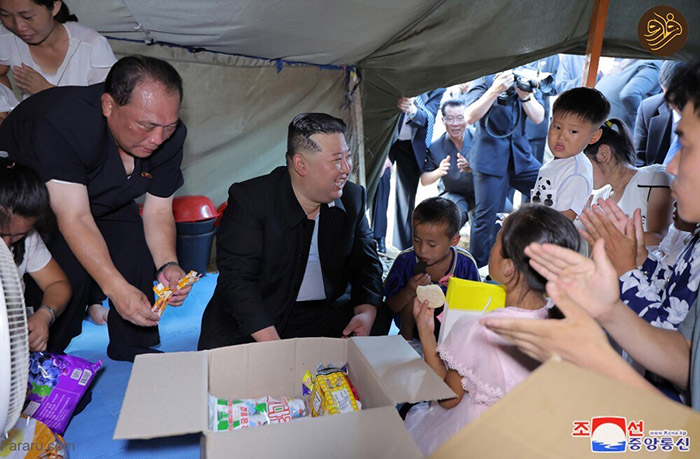North Korea’s flood-prone landscape, coupled with deforestation and poor infrastructure, often leads to significant devastation during the rainy season. The recent floods, triggered by heavy rains in late July, have been particularly severe. According to reports from the Korean Central News Agency (KCNA), the floods have affected several towns and cities, with Sinuiju and Uiju being among the hardest hit.
Impact on Infrastructure and Agriculture
The floods have reportedly inundated approximately 4,100 homes, leaving thousands of families homeless. In addition to residential areas, more than 7,400 acres of agricultural land have been submerged, posing a serious threat to North Korea’s food security. The region’s roads, railways, and public buildings have also sustained significant damage, further complicating recovery efforts.
The Displacement Crisis
The displacement of over 15,000 people has created an urgent need for temporary shelter and basic necessities. The North Korean government has announced plans to temporarily house the displaced population, including vulnerable groups such as mothers, children, the elderly, and disabled soldiers, in facilities in Pyongyang. However, given the country’s limited resources and ongoing economic challenges, the adequacy of these arrangements remains in question.

